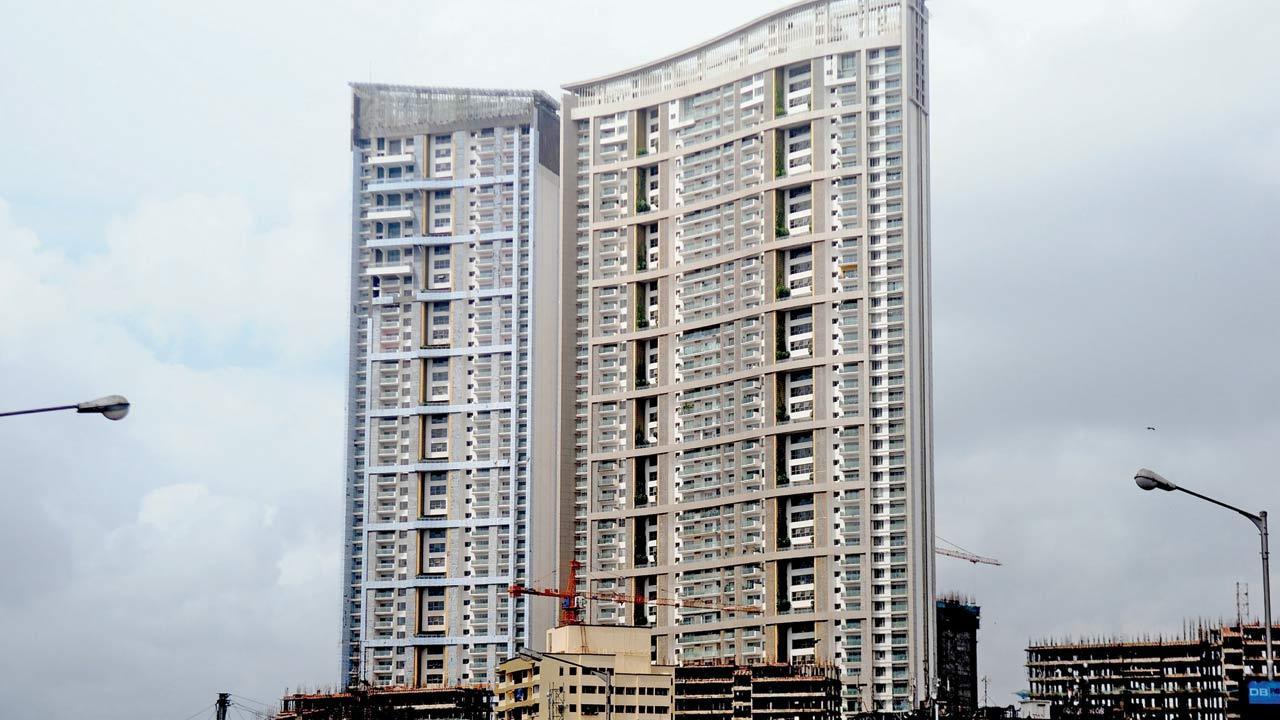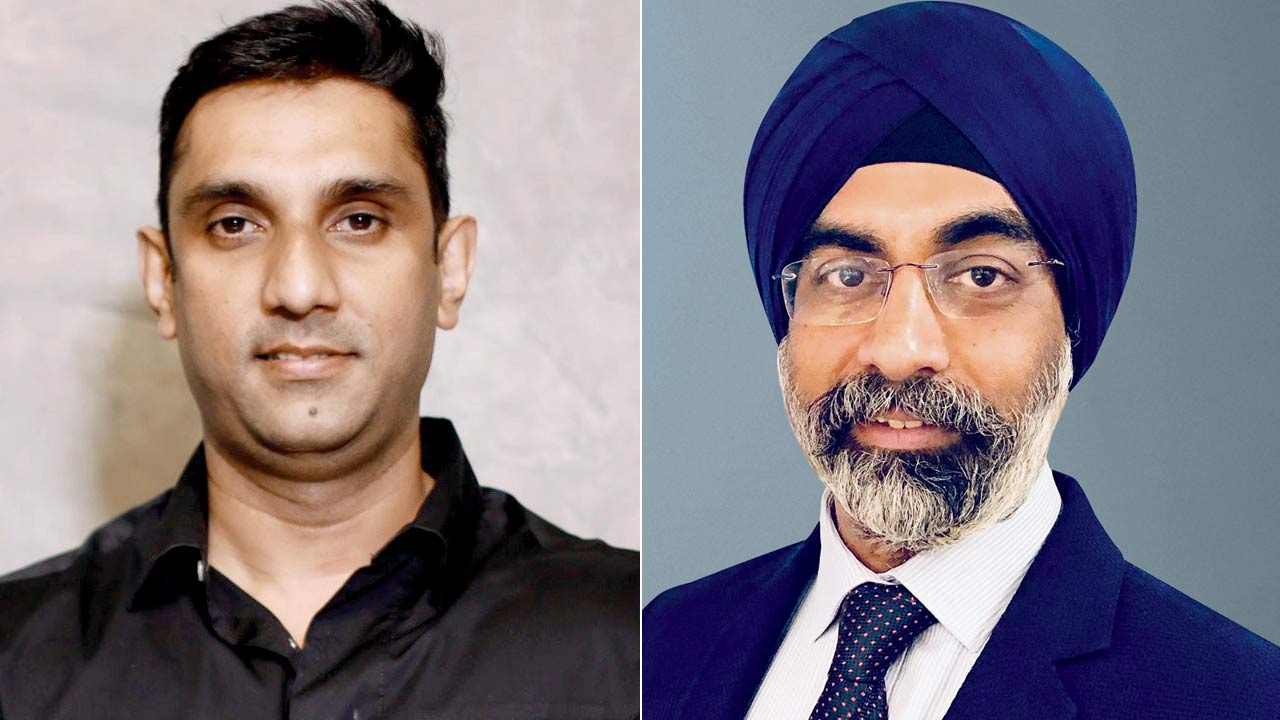Even though the city leads the country in terms of number of highrises, going any taller is easier said than done. Here’s why

The Lodha Bellssimo Tower is one of the earlier projects at Mahalaxmi and has residents paying R5,000 for concierge services since as far back as 2012
Ever wanted to someday live in a plush 100-storey building like you’ve seen the Americans do in Hollywood films? You might have to wait for a bit.
Earlier this week, a report by Coldwell Banker Richard Ellis (CBRE), an American real estate consultant firm, made quite a splash among Mumbaikars, because it stated that the city of dreams accounts for 77 per cent of the country’s highrises. Titled Sky is the Limit: Rise of Tall Buildings in India, the report delves into the highs and lows of the country’s tall buildings.
“It is more to do with necessity than a trend,” Gurjot Bhatia, CBRE’s Managing Director, Project Management, India, SE Asia, Middle East and Africa, tells mid-day when we catch up with him to chat about the report.
In Mumbai, experts say, expansion was limited by the sea unlike Delhi, which has seen a concentric expansion. This is why vertical expansion became an inevitable need for the city. The scarcity of land continues to give rise to high demand and subsequently steep prices, central and south Mumbai, known for the prestige that comes with the premium locations, are becoming hubs for highrise clusters, the report states. These densely populated areas enjoy excellent connectivity through public transport and road networks and command a premium real estate price compared to other parts of the city.
 Yomesh Rao and Gurjot Bhatia
Yomesh Rao and Gurjot Bhatia
Even then, the limit is far below the sky.
Currently, the Brihanmumbai Municipal Corporation allows for a Floor Space Index (FSI) of two to five for buildings in the city. Simply put, the FSI indicates the extent to which a building can be constructed vertically in relation to the land area. For example, if the FSI for a particular area is two, it means that the total floor area of a building can be up to twice the size of the land area.
However, Bhatia says, mega metros like New York or Tokyo enjoy FSIs beyond five. The bigger and the more concerning challenge, however, is the lack of infrastructure, “We may create a tall building, but if we do not have the fire-fighting skills for such buildings, why would you, as a developer, take the risk? Why would you build something that tall when you know you don’t have the means to counter any untoward incident? Even the government must adopt a holistic perspective. For a developer, fire safety measures are a major concern when it comes to taller buildings.”
Even the design issues when it comes to fire safety can be ironed away on the drawing board, Bhatia says, but can the same be said of the fire tenders used by the Fire Brigade? Do they have the equipment to reach 100 storeys in case of an emergency, or a helicopter rescue plan?
“These factors have been a dampener on any developer’s plans to take up a 100-storey project,” says Bhatia.
Another reality is that Mumbai has grown around the Chhatrapati Shivaji Maharaj International Airport, as opposed to a city like New York, where the Newark Liberty International, John F Kennedy and LaGuardia Airports are all far away from the city. As a result, New York boasts of the Freedom Tower, which replaced the World Trade Center and stands tall at 546.2 metres or 104 storeys.
“Due to the height restrictions of 20 nautical miles owing to Airport proximity, which extends all the way up to Dahisar, Mumbai has never been able to build highrises in the centre of the city. Additionally, the higher a developer goes, the more expensive the construction is and thereby the cost of the home. Ironically, this means that you cannot build these homes away from the island city, because that kind of buying power exists only here. In other words, those who can buy homes in highrises do not live in areas where the highrises can be built without restrictions,” says Yomesh Rao, a Mumbai-based architect.
The high-cost of maintenance, too, is an issue. The maintenance for highrises can be as high as Rs 25 per square foot, which means a home owner would end up paying Rs 25,000 for a 1,000 square foot apartment, to say nothing of the other charges.
For example, the Lodha Bellssimo Tower, one of the earlier highrise projects in Mumbai, has its residents shelling out R5,000 just for concierge services. Meanwhile, the tallest building in Mumbai currently is Lodha’s WorldOne in Worli, which stands at 76 storeys. The cheapest home in this building is available for Rs 7.5 crore, and the most expensive for Rs 30 crore.
 Subscribe today by clicking the link and stay updated with the latest news!" Click here!
Subscribe today by clicking the link and stay updated with the latest news!" Click here!










